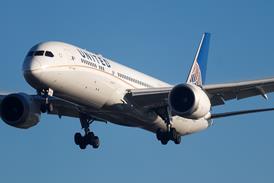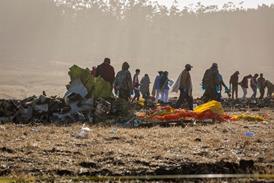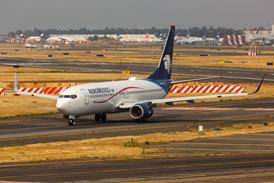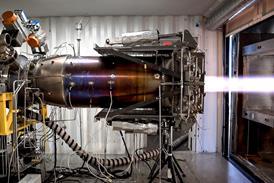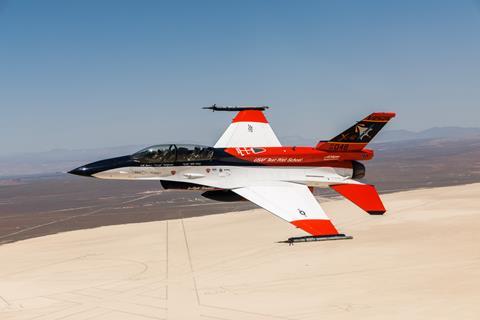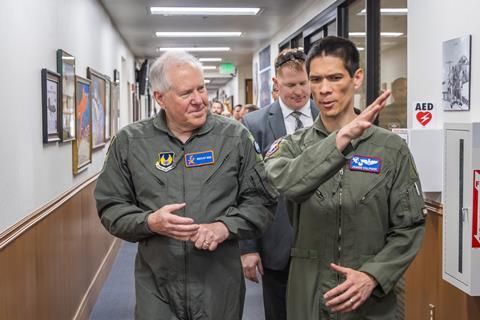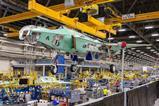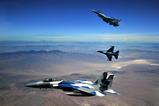Building on recent milestones in the effort to develop autonomous fighter jets, a top US Air Force (USAF) official has ridden in a modified Lockheed Martin F-16D flown by an artificial intelligence agent.
The aircraft, officially known as the X-62A Variable In-flight Simulation Test Aircraft (VISTA), is being used to test and develop artificial intelligence and autonomy capabilities. It is the only aircraft of its kind known to exist.
Secretary Frank Kendall, the USAF’s top civilian official, was carried aloft in the front seat of the X-62 on 3 May during a sortie from Edwards AFB in California.
“The potential for autonomous air-to-air combat has been imaginable for decades, but the reality has remained a distant dream up until now,” Kendall said after the flight.
Edwards is home to the air force Test Pilot School, which in April pitted the AI-flown X-62 against human pilots in air-to-air combat manoeuvres – the first time an autonomous aircraft is known to have done so outside a simulated environment.
The project – known as Air Combat Evolution (ACE) – is a partnership between the USAF and the secretive Defense Advanced Research Projects Agency (DARPA).
Kendall at the time described the successful ACE dogfighting trials as having broken “one of the most-significant barriers in combat aviation”.
“This is a transformational moment,” Kendall said.
DARPA had teased Kendall’s planned X-62A flight after revealing those air combat trials.
During the 3 May hop with Kendall aboard, the air force says the X-62A conducted a variety of tactical manoeuvres utilising AI agents that responded in real-time to a simulated threat.
“He completed a series of test points, which were parts of an aerial dogfight within an operation that validated the models and tested its performance”, the service says.
A safety pilot accompanied Kendall in the X-62A’s back seat, as is always the case when the autonomous-capable jet goes aloft. The USAF notes that flight controls “remained untouched” by both Kendall and the safety pilot during the sortie.
DARPA reported similar success during the recent ACE dogfighting trials, with intervention from two human safety pilots not being required “at any point” during the evaluations.
Building trust in the autonomous flight technology with human operators is one of the ACE programme’s major objectives, the agency says. The ultimate goal is to enable human-machine teaming that will give friendly pilots an advantage in “increasingly complex air combat scenarios”.
“We have to be able to trust these algorithms to use them in a real-world setting,” says Lieutenant Colonel Ryan Hefron, ACE programme manager for DARPA.
Autonomy is a cornerstone of the USAF’s strategy for future modernisation. The service has selected two manufacturers – Anduril and General Atomics Aeronautical Systems – to develop its first prototype jets intended to fly without a pilot, either remote or onboard.
That selection was announced on 24 April, with the two firms beating out larger challengers Boeing, Lockheed and Northrop Grumman.


